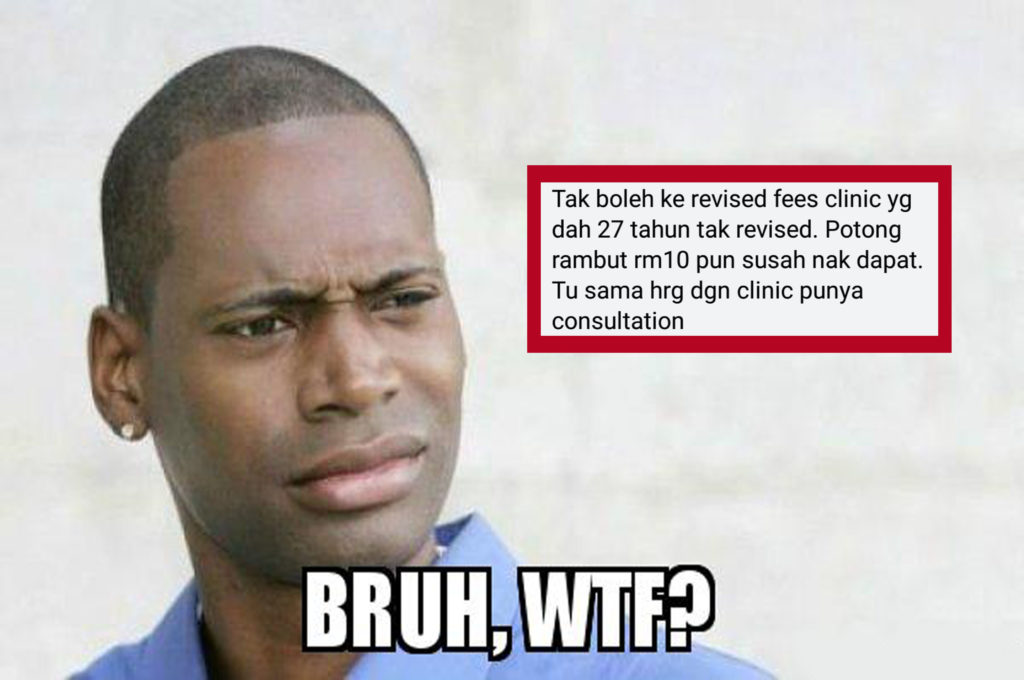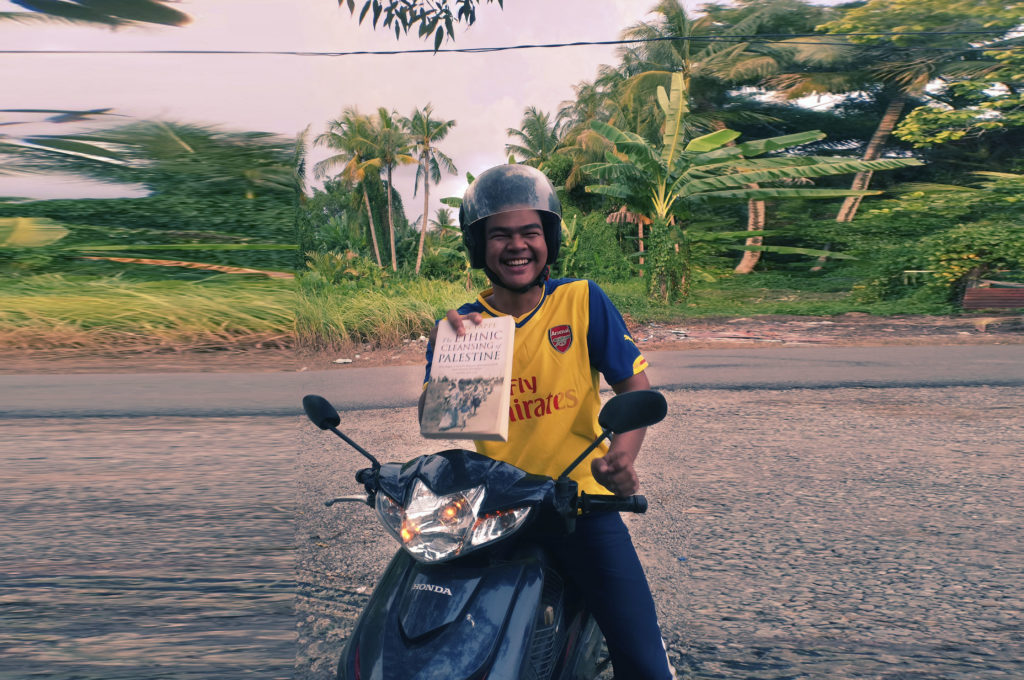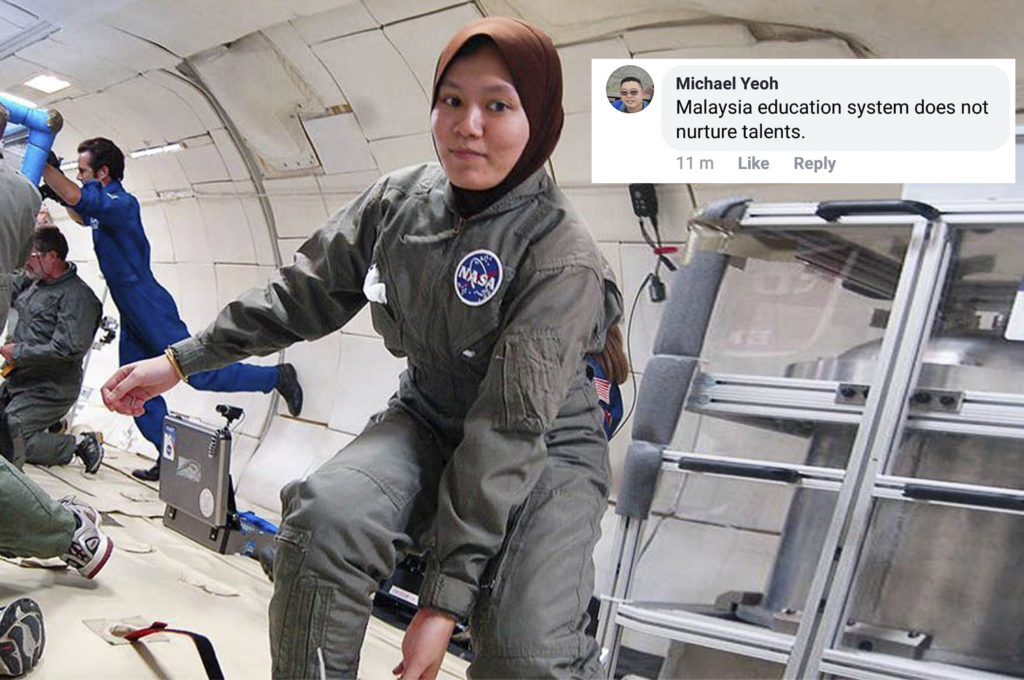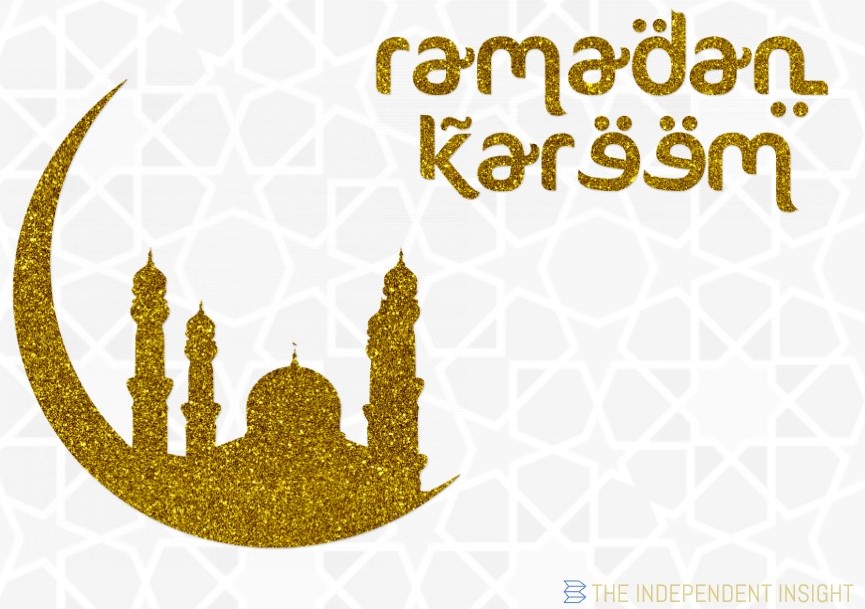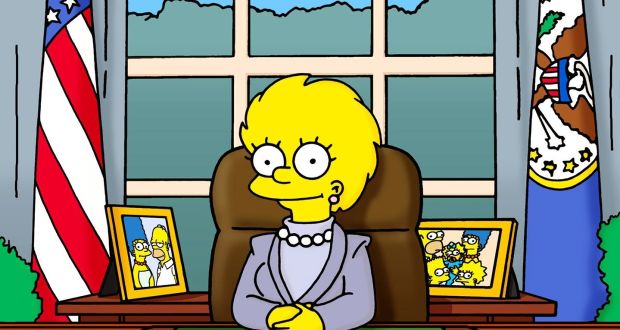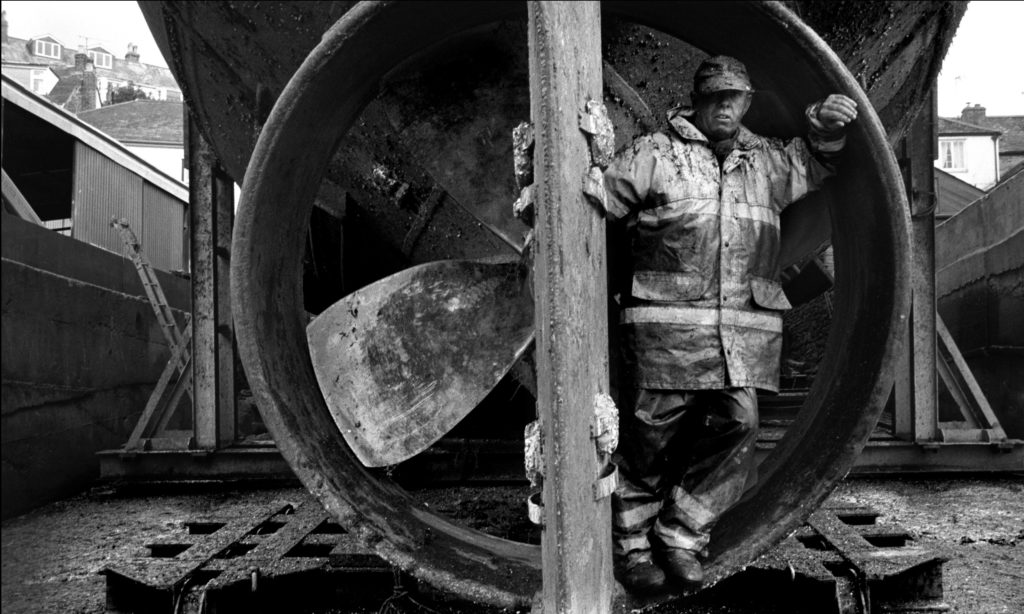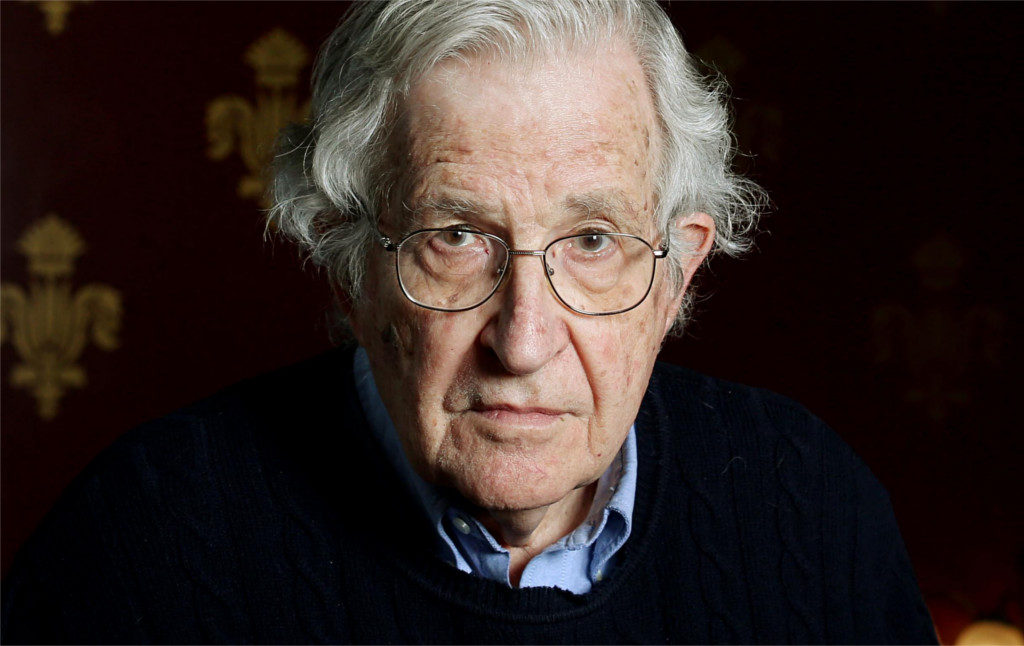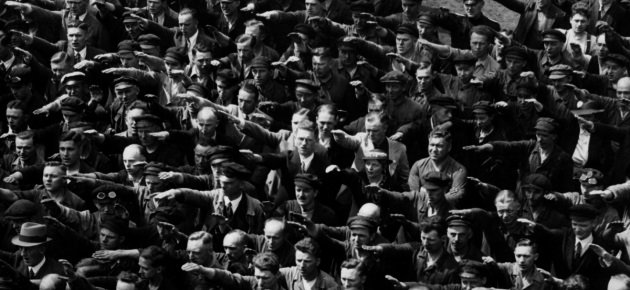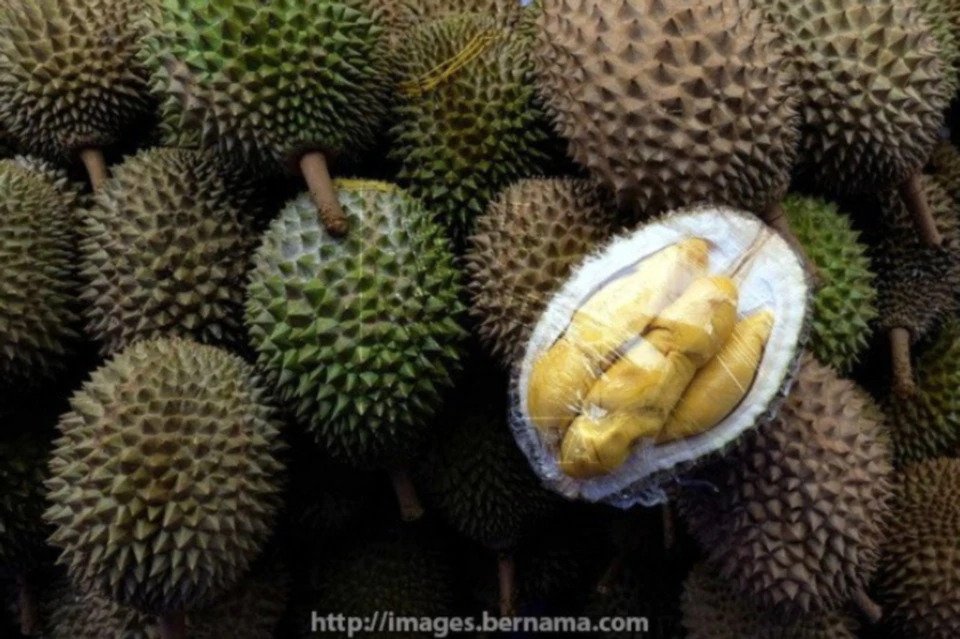
Semalam aku berbual panjang di telefon dengan Ajo The Stroller, sahabat lama dari Klang. Aku kenal Ajo ni pada tahun 2013, bila aku mula bekerja di sebuah syarikat perkapalan di Pulau Indah, Klang.
Seingat aku, beberapa bulan lepas kami ada berbual mengenai hal cucuk tanam. Ceritanya, aku cuba untuk offer Ajo ni kerja di company aku tapi ditolak mentah sebab katanya dia ada wawasan baru – nak jadi petani moden. Jadi, semalam agak lama juga kami berbual tentang hal industri pertanian ni.
Ajo ada bagitau aku yang dia dalam proses untuk menyewa tanah seluas 10 ekar di Jerantut untuk dijadikan dusun durian. Katanya nak tanam Musang King. Katanya dalam satu ekar tanah boleh memuatkan hampir 40-50 pokok dan setiap pokok mengeluarkan hasil purata dalam 50 biji. Jika dikira secara mudah, tanah berkeluasan 10 ekar mampu menampung hampir 500 pokok durian dengan anggaran hasil sebanyak 250,000 biji durian setiap kali musim durian.
Bagi aku yang tidak tahu menahu dalam hal durian ni memang nampak mudah. Tapi aku yakin yang proses untuk menunggu pokok matang, dan kos untuk membangunkan dusun berkeluasan 10 ekar begitu sudah pasti penuh dugaan dan cabaran.
Lepas tu aku bertanya soal marketing dan jangkaan pendapatan. Jawapan yang diberikan Ajo sangat memeranjatkan aku. Katanya dia bercadang untuk mengurangkan RM 10 dari harga pasaran. Contohnya kalau harga Musang King jatuh pada harga RM 30 sekilo, Ajo akan jual RM 20 sekilo. Bila ditanya apakah rasionalnya strategi marketing macam tu, dengan yakin Ajo menjawab
Ajo, 2019
Aku nak patahkan monopoli harga durian yang dah berzaman ni supaya orang kampung boleh beli Musang King tanpa beban”
Memang padu. Kalau makwe-makwe Klang dengar, nescaya Ajo akan merajai hati mereka dengan begitu mudah. Syabas Ajo The Stroller dan semoga terus maju jaya!
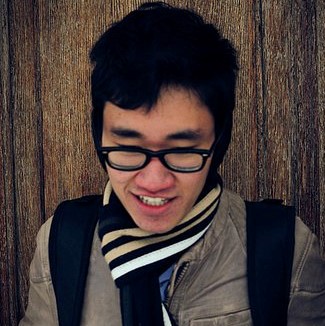
Part time independent writer and podcaster from Sarawak, Malaysia.
